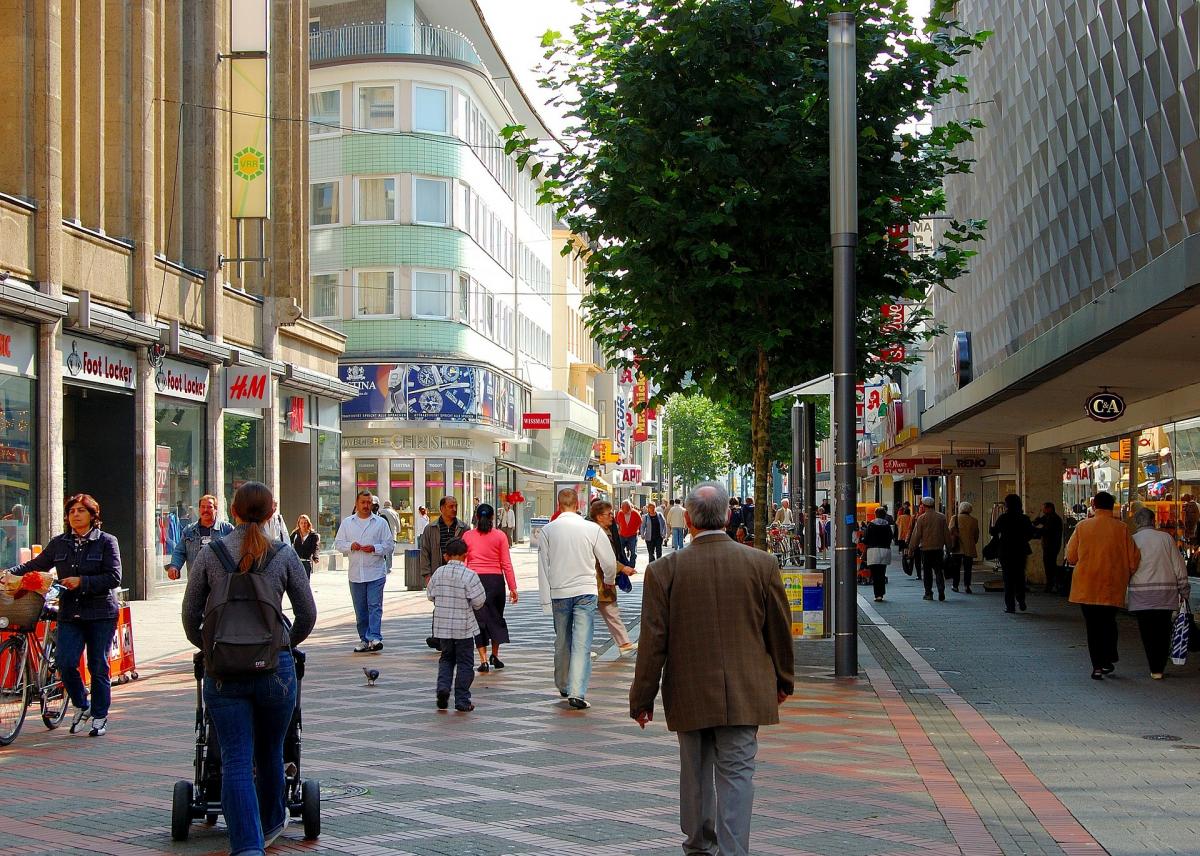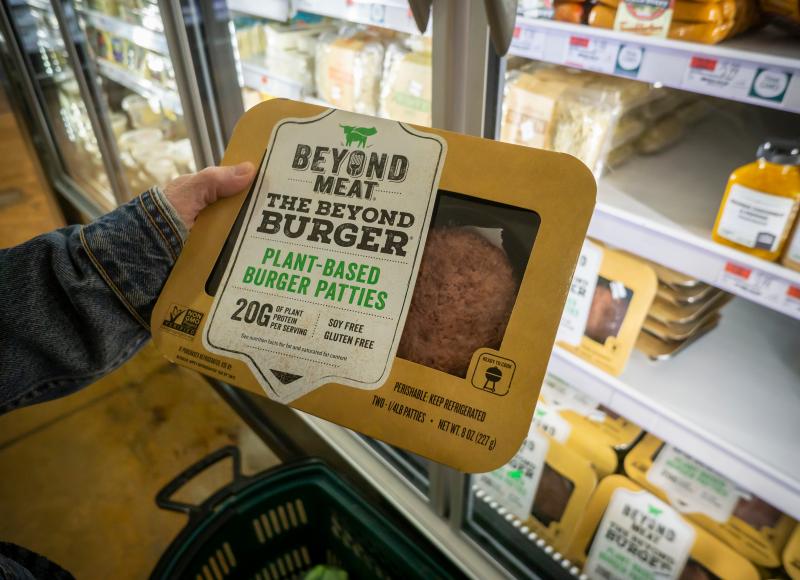High-Street: Problem Child or Perennial Cash-Cow?
High-Street: Problem Child or Perennial Cash-Cow?
Signa’s takeover of Kaufhof implies a commitment to high-street retailing, as does the fact that online retailers are opening physical stores in prime high-street pitches. At the same time, sales figures are caving in, and investors expect no further rent increases. So, what is the way forward for high-street retailing? A brief commentary.
If nothing else, the sale of the Kaufhof department store chain last year achieved one thing: It finally shifted the focus of the ongoing debate back to high-street retailing. By investing c. 2 billion euros, the Signa investment company impressively demonstrated its conviction that high-street shopping is facing bright prospects. To be sure, there is ample speculation what the true motives behind the investment may have been. But one reason is surely a firm belief in the future of high-street shopping.
And justifiably so, in our opinion: In contradistinction to discussions just months ago that projected a decline in high-street retailing as a result of e-commerce and changed sales patterns, recent analyses paint a more differentiated picture.
The latest reports show that activities in the online distribution of groceries have been massively scaled back – the first sign after an extended boom that even the growth of online retailing may have limits. Municipal stakeholders have started taking a hard look at the increase in delivery traffic, and are hunting for ways to curb it. Cities—Bremen being a recent example—host brainstorming competitions regarding the future of their town centres.
Another clear commitment to high-street shopping is the fact that online retailers are opening physical stores in inner cities. Even online traders need and seek the personal encounter with their customer base. It is something a web presence cannot deliver in and of itself.
However, many were appalled to see sales decline in physical retailing and insolvency proceedings in the fashion segment. But a closer look at the retailers who went out of business reveals that they simply failed to realise how fast-paced the cycles in this sector are. Many were unable to live up to the need for a dynamic collection strategy, and the hot summer delivered the final blow to some.
For this and other reasons, we assume that the brisk rental upside potential that one had grown used to in recent years is now a thing of the past. Another factor contributing to the difficult revenue situation and putting pressure on rents is the decline in footfall everywhere. It is admittedly hard at the moment to derive reasonable rent rates. But this is by no means to say that the time for the swan song of high-street retailing has come.
Rather, the retail business in inner cities will regain its momentum with new formats. Gastronomy, for one, is growing in significance for downtown areas and is helping to breathe life back into retail. With this in mind, we should expect the emergence of new benchmarks to determine tomorrow’s high-street rents.
Autor: Ralf-Peter Koschny, CEO of bulwiengesa AG, koschny [at] bulwiengesa.de





